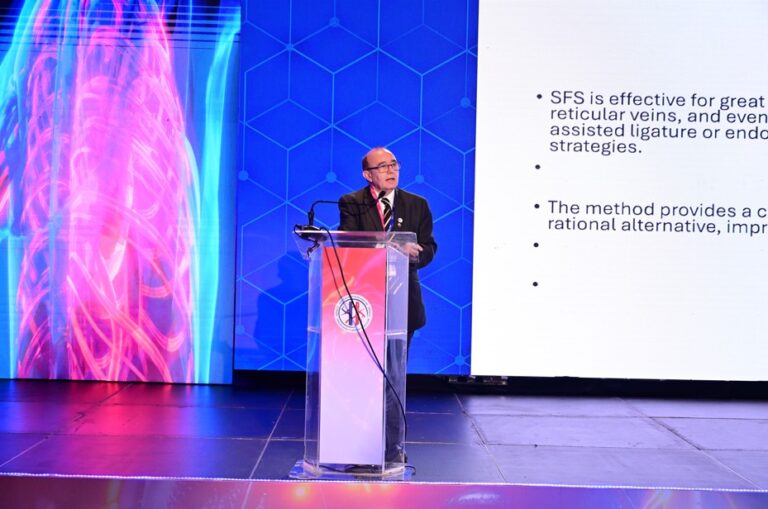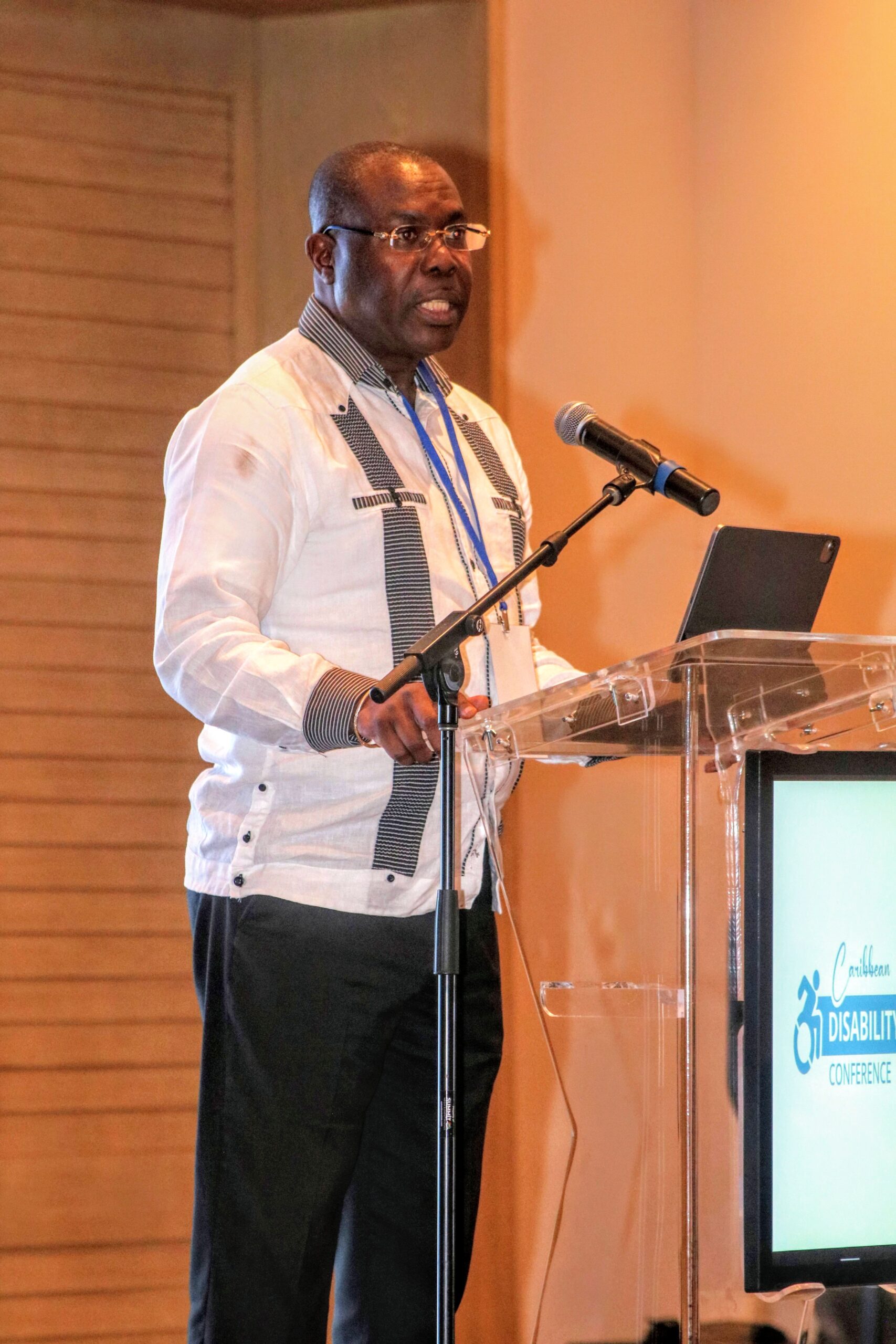Varicose veins, a prevalent vascular condition affecting nearly half of the Dominican population, particularly women, have seen transformative advancements in treatment. Historically addressed through invasive surgeries, modern medical techniques now offer minimally invasive outpatient procedures that ensure quicker recovery and superior cosmetic outcomes. Dr. Víctor Canata, former president of the International Union of Phlebology, emphasized the groundbreaking impact of treatments such as foam therapy, laser microsurgery, and the Flebogrif system, which eliminate the need for incisions or general anesthesia. These innovations were a focal point at the 5th Dominican Congress of the Dominican Society of Angiology and Vascular Surgery (SDACV) and the 1st International Symposium on Endovascular Interventions. Dr. Canata urged early medical intervention for initial symptoms like spider veins to curb disease progression. Dr. Amarilis Batista, SDACV president, stressed the importance of compiling national statistics to shape prevention and treatment strategies, highlighting lifestyle modifications such as regular exercise, balanced nutrition, and weight management as key to reducing venous insufficiency. The event also celebrated the contributions of Dr. Luis Ardavín Meléndez, a veteran vascular surgeon, for his pioneering work and dedication to advancing the specialty in the Dominican Republic. Dr. Ardavín reflected on the remarkable evolution of vascular surgery in the country, from limited early resources to today’s advanced diagnostic and patient care capabilities.
作者: admin
-
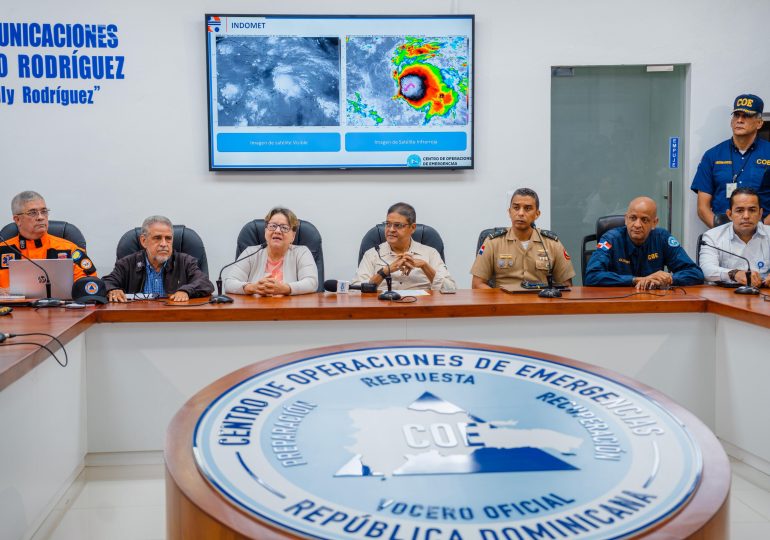
Government prepares preventive measures as Tropical Storm Melissa approaches
Santo Domingo – In a proactive move to address the looming threat of Tropical Storm Melissa, Minister of the Presidency José Ignacio Paliza convened a high-level meeting on Tuesday with the Emergency Operations Center (COE) and other key government agencies. The session aimed to synchronize preventive strategies and ensure a cohesive response to the storm’s potential impacts, which are already affecting weather patterns across the Dominican Republic. The meeting underscored the importance of reviewing contingency plans and maintaining readiness for any escalation in the storm’s intensity. Paliza emphasized that while the storm’s trajectory remains uncertain, the government must prepare for all eventualities. The coordinated plans from each institution are set to be presented to President Luis Abinader later in the day, who may implement special measures based on the storm’s progression. Following the discussions, the COE elevated the alert level to yellow for 14 provinces, including Santo Domingo, the National District, La Vega, San Cristóbal, and Barahona, while eight others remain on green alert. The National Meteorology Institute (INDOMET) has predicted up to 300 millimeters of rainfall in the coming hours, raising concerns about potential flooding and landslides. Authorities have urged residents, particularly those in southern coastal areas, to stay updated through official channels and adhere to safety guidelines. Government institutions remain on high alert to protect lives and property as the situation unfolds.
-

Health experts call for border surveillance amid Cholera outbreak in Haiti
The Dominican Society of Infectious Diseases has issued an urgent call to the Ministry of Public Health, emphasizing the need for immediate action following the detection of a cholera outbreak in neighboring Haiti. The organization has highlighted the critical importance of bolstering epidemiological and environmental surveillance, particularly at border crossings and other high-risk zones, to curb the potential spread of the disease into Dominican territory.
-
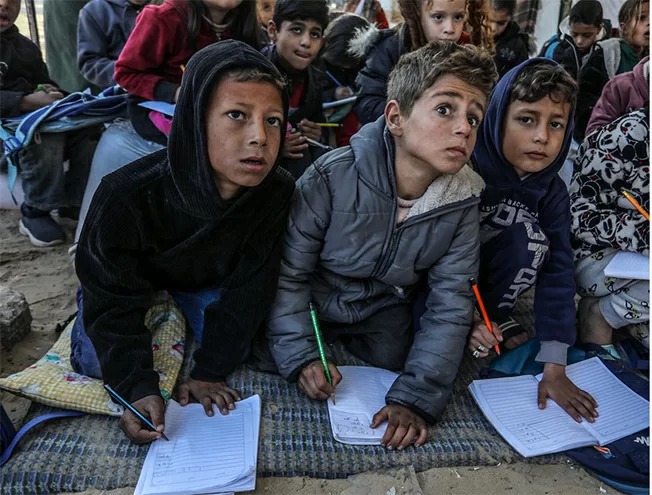
Kinderen in Gaza keren terug ‘naar school’ te midden van ruïne en trauma
After more than two years of suspended education in Gaza due to war and destruction, thousands of children have begun returning to classrooms—or what remains of them. According to the United Nations Relief and Works Agency (UNRWA), approximately 300,000 students and 8,000 teaching teams are resuming education. However, the situation remains precarious, with over 85% of school buildings reportedly damaged or destroyed. Many children are returning to makeshift learning spaces, such as tents, remote shelters, or emergency government facilities, transforming the traditional classroom setting into improvised environments. For many, this return marks the beginning of recovery—restoring routine, hope, and a sense of childhood that was stripped away. Yet, the scars of war persist, with widespread trauma, hunger, malnutrition, and the loss of parents or educators. The resumption of schooling is seen as an act of resilience and a critical step toward rebuilding. Education is not merely about lessons; it represents safety, normalcy, and the promise of a future.
-

Overnight fire destroys two bars on Frigate Bay Strip
A devastating fire broke out in the early hours of Tuesday, October 21, 2025, on the Frigate Bay Strip in Basseterre, St. Kitts, completely destroying two well-known bars, Cathy’s and Zanzi Bar. The blaze, which reportedly started around 12:30 a.m., rapidly consumed the establishments despite the efforts of firefighters who battled the flames for several hours. The incident has left several employees without jobs and created a void in the Strip, a vibrant entertainment hub frequented by tourists, locals, and students. Social media was quickly flooded with videos and photos of the fire, sparking widespread concern and sympathy from the public. Authorities are currently investigating the cause of the fire, and further updates are expected as more information becomes available.
-
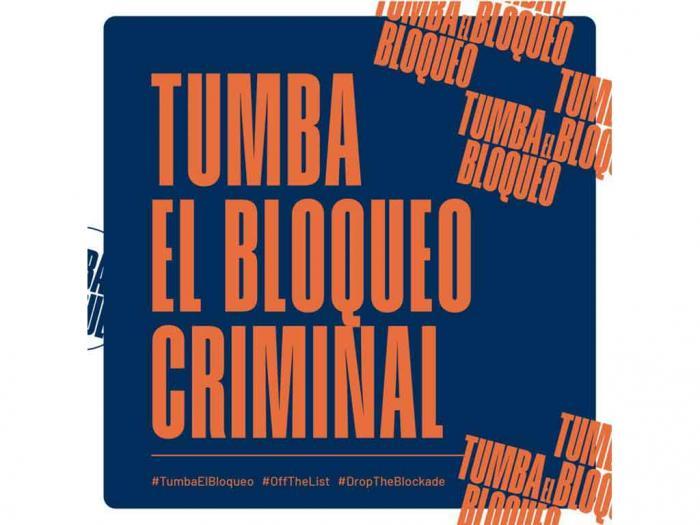
The genocide against the Cuban people in denouncing its civil society
The Cuban Association of the United Nations (ACNU) is set to convene the 21st Forum of the Cuban Civil Society against the Blockade on October 24. This significant event will serve as a platform for denouncing and reflecting on the detrimental effects of the US-imposed economic blockade, which has been criticized for violating human rights and impeding Cuba’s national development. The forum coincides with an upcoming United Nations vote addressing the economic siege, offering a timely opportunity to explore the profound human, social, and economic repercussions of the policy on the Cuban population. Recent reports presented by Bruno Rodríguez Parrilla, a member of the Political Bureau and Cuba’s Foreign Minister, reveal that the blockade has caused an estimated $7.5 billion in damages over the past year alone, with cumulative losses exceeding $170 billion over six decades. Rodríguez Parrilla highlighted that over 80% of Cubans have lived their entire lives under the blockade’s shadow, enduring daily hardships. The forum aims to galvanize international support to demand an immediate end to what is described as an unjust and illegal policy.
-
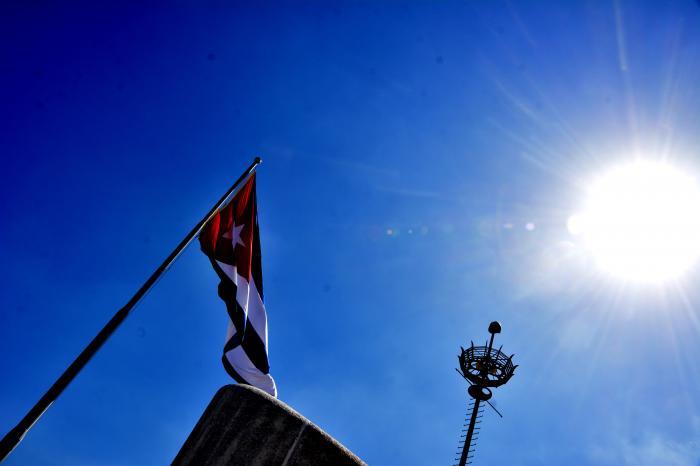
In the work and legacy of Martí, roots of national culture
The José Martí Cultural Society celebrated its 30th anniversary with a grand event at the José Martí Memorial in Havana, attended by prominent Cuban leaders and cultural figures. Lizette Martínez Luzardo, Deputy Minister of Culture, described the Society as a dynamic platform that transforms the legacy of José Martí into a tool for civic engagement. She emphasized its global influence in fostering unity and ethical values, both within Cuba and internationally. The celebration also honored the centenary of Fidel Castro and the 95th birthday of intellectual Armando Hart Dávalos, both pivotal in shaping Cuba’s cultural policies. Víctor Hernández Torres, Vice President of the Society, recounted its founding during the challenging ‘Special Period’ of the 1990s, highlighting its growth to over 20,000 members nationwide. The event paid tribute to the late historian Eduardo Torres Cuevas, with his widow receiving the Order Félix Varela. Additionally, the Society’s founders and provincial branches were recognized for their contributions to promoting Martí’s ideals. The festivities extended to Bayamo, where the ‘La Patria en mi Voz’ gala celebrated Cuban culture and independence, underscoring the enduring significance of the National Anthem as a symbol of resilience and identity.
-

Law on Science, Technology and Innovation, a legal standard for the whole of society
The October session of Cuba’s National Innovation Council marked a pivotal moment in the nation’s pursuit of scientific and technological advancement. Chaired by President Miguel Díaz-Canel Bermúdez, the council conducted an in-depth examination of the draft Science, Technology, and Innovation Act, initiating a nationwide debate on its provisions. This legislative effort aims to address existing barriers, fill regulatory gaps, and align with the aspirations of Cuban scientists, as highlighted in numerous consultations. The President emphasized the necessity of broad public engagement, ensuring the law reflects diverse perspectives from the science, technology, and innovation sectors, as well as other societal stakeholders. Armando Rodríguez Batista, Minister of Science, Technology, and Environment (CITMA), presented the draft, underscoring its comprehensive approach to fostering a robust innovation ecosystem. The draft identifies key challenges, including fragmented regulations, inadequate funding, and insufficient integration of social sciences with natural sciences. It proposes 20 foundational principles, such as establishing a high-ranking legal framework, enhancing governance, and recognizing innovative enterprises as integral to the system. The proposed law, structured into eight chapters, seeks to integrate innovation, transition to a knowledge economy, and international collaboration. Over 1,500 individuals, including academics, researchers, and government officials, have already contributed to the consultation process, reinforcing the draft’s potential to drive Cuba’s economic and social development.
